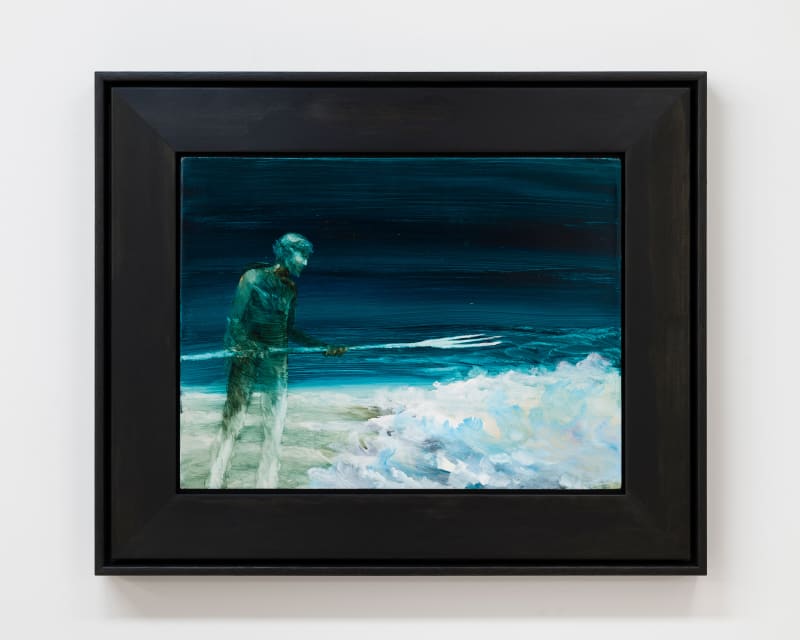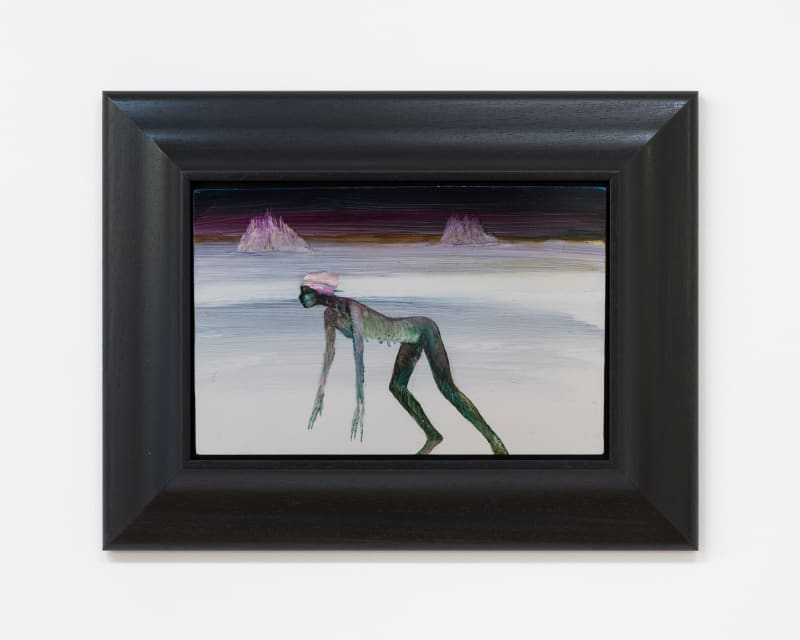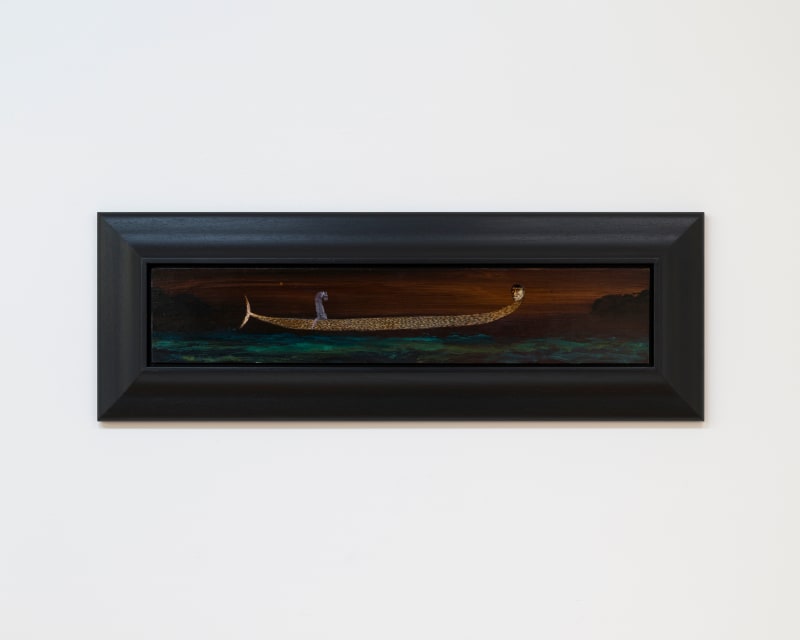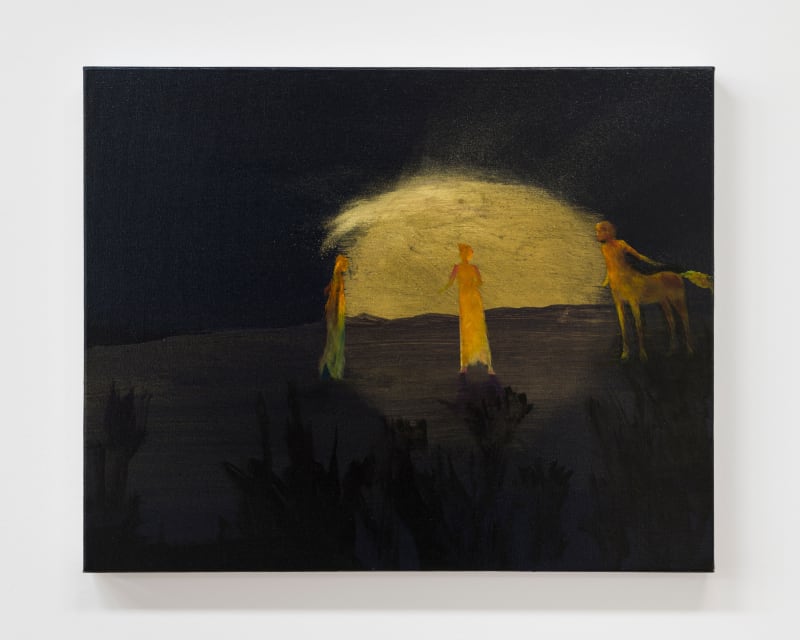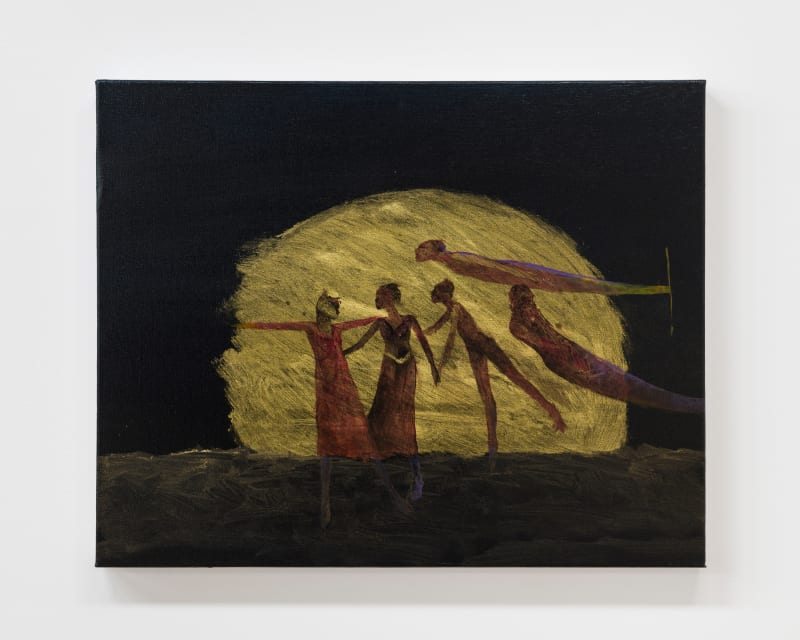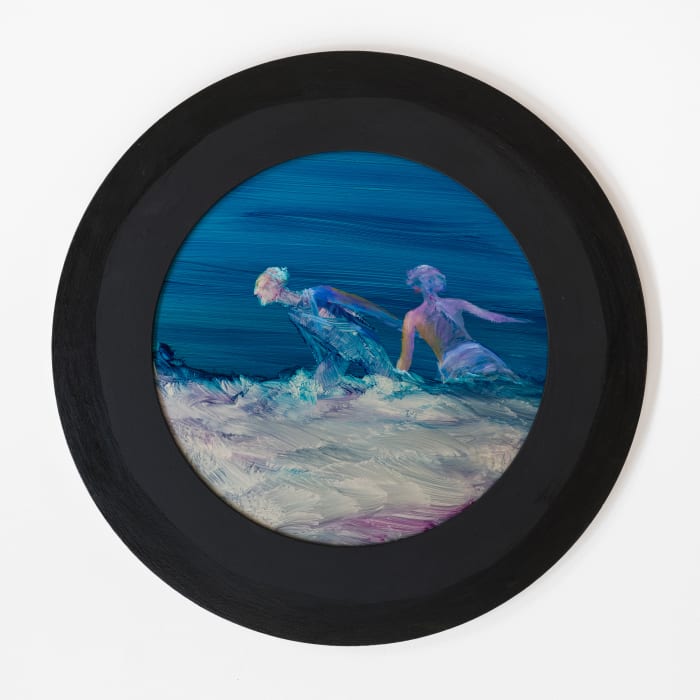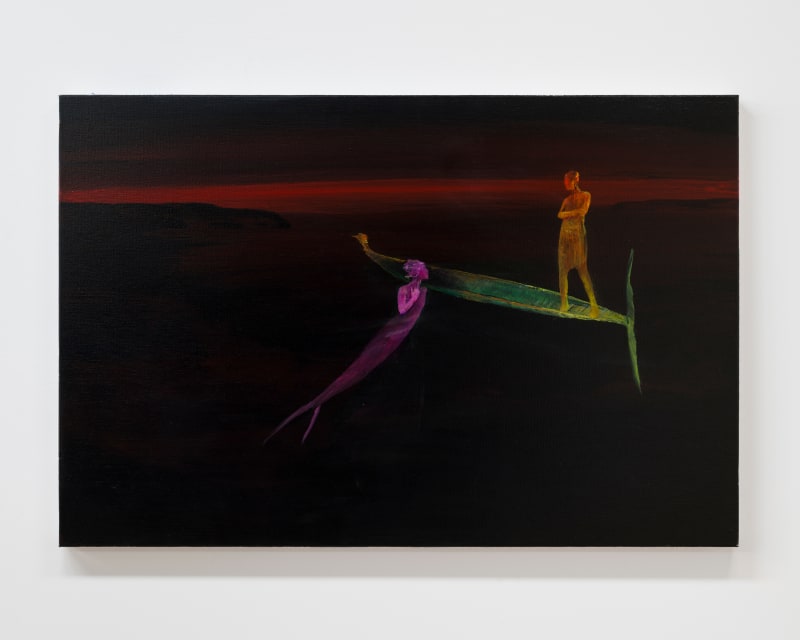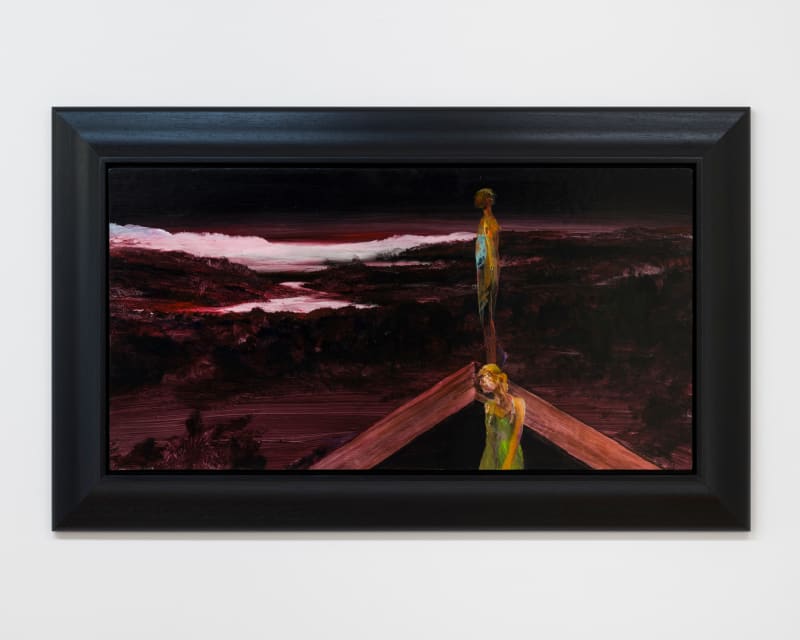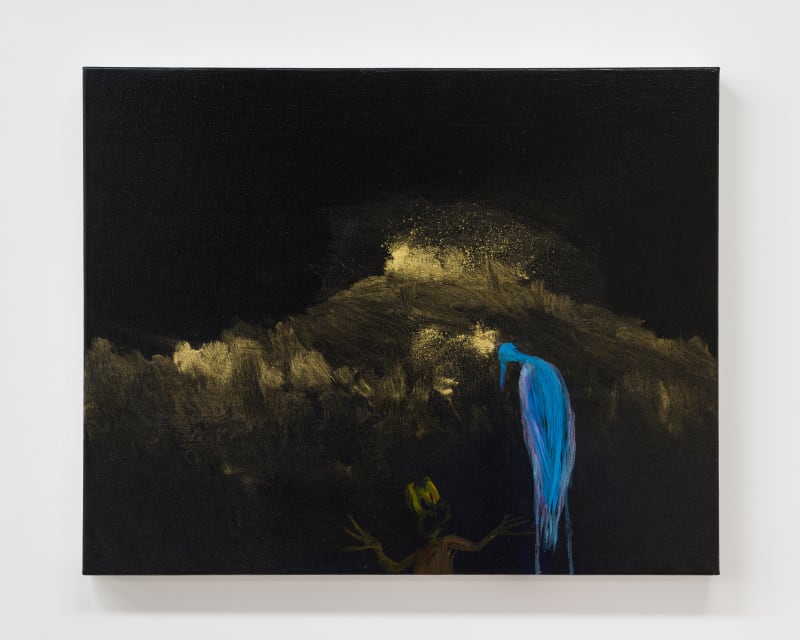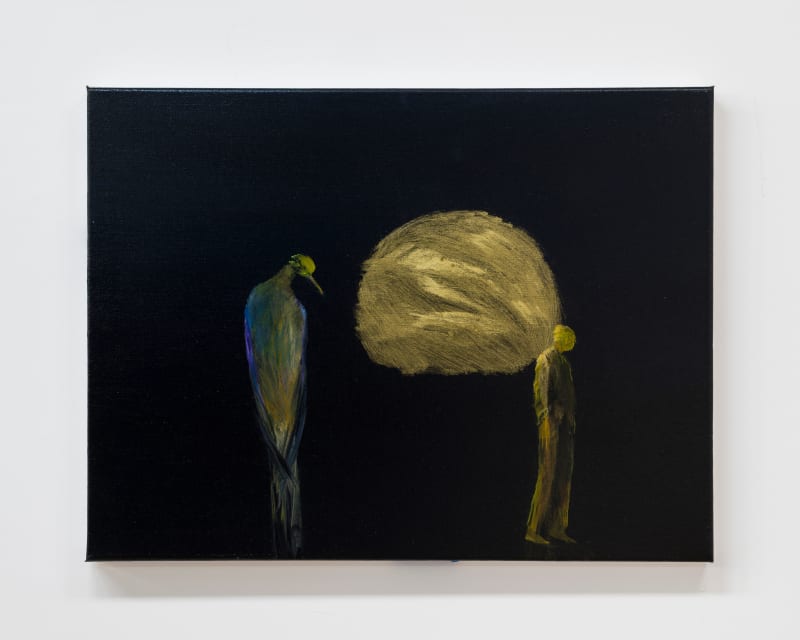John Walsh (b.1954, Te Aitanga-a-Hauiti / New Zealand Irish) grew up in Tolaga Bay and now lives on the south coast of Wellington, where the sea continues to draw him back to the canvas. Walsh melds histories of migration and colonialism with contemporary narratives and mythologies in a vibrant and fluid application of paint. His works depict ethereal landscapes populated by a cast of anthropomorphic creatures, contemporary characters, and obscure figures.
Walsh attended Ilam School of Fine Arts at the University of Canterbury, and early works saw him create stunning realist portraits of friends and whanau from Tolaga Bay and East Coast communities in a style reminiscent of C. F. Goldie. In 1989 Walsh participated in an international mural project in New York. Upon returning to New Zealand he began working in a number of tertiary institutions, eventually relocating his family to Wellington for an appointment as Curator of Contemporary Maori Art at the National Art Gallery (now Museum of New Zealand Te Papa Tongarewa).
The Dowse Art Museum and Pataka Art + Museum have both held significant survey exhibitions of Walsh’s work. The artist travels extensively, including visits to China on different residency programmes, and to Antarctica as a Creative New Zealand /Antarctica New Zealand's artist-in-residence. In 2015 Walsh travelled to Gallipoli alongside a number of other New Zealand and Australian artists to produce work for the touring exhibition Your Friend the Enemy. His paintings from this time are potent with ghosts and shadowy figures, recalling the lives and spirits of fallen soldiers who now linger in far flung lands, forever linking us with these landscapes.
In his most recent body of work figures convene with spirits or messengers. Brides roam unearthly looking coastlines, their dresses trailing and merging with the landscape, searching for their betrothed or perhaps a means of escape. Boats drift gently across the surface of the water or above the land, as if propelled by unseen forces. Some works are heavy with allegory or appear as harbingers foretelling the destruction of our natural environment. Others hint at ominous events and mysterious ceremonial practices, all imbued with the artist’s wry and playful humour.
